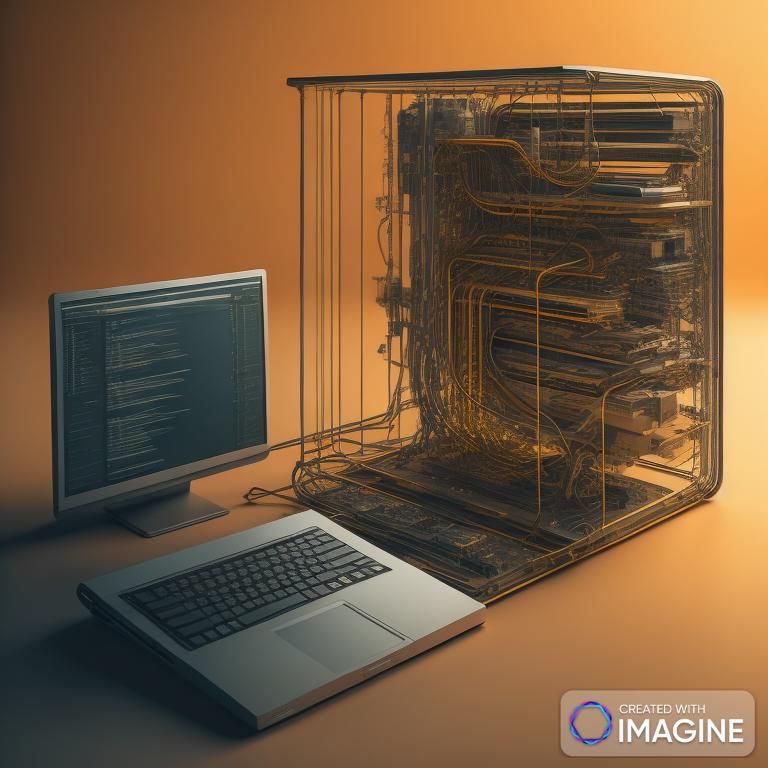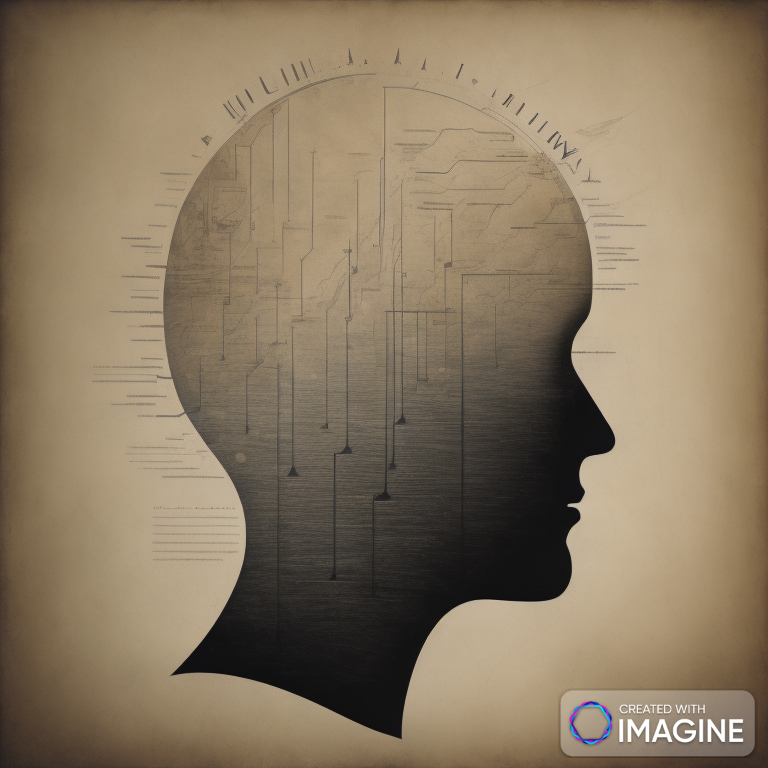Introduction: Large Language Models (LLMs) and Graphics Processing Units (GPUs) have emerged as pivotal components in the field of artificial intelligence, reshaping the landscape of natural language processing and accelerating computational capabilities.
Understanding Large Language Models (LLMs): Large Language Models refer to advanced artificial intelligence models designed to comprehend and generate human-like text. These models, trained on massive datasets, exhibit an unprecedented understanding of language nuances, enabling applications such as language translation, content generation, and even contextual conversation.
Graphics Processing Units (GPUs): GPUs are specialized processors originally developed for rendering graphics but found a new purpose in the realm of artificial intelligence. These parallel processing units excel in handling complex mathematical computations, making them ideal for training and deploying deep learning models at remarkable speeds.
Historical Context: The convergence of LLMs and GPUs represents a significant milestone in AI evolution. The use of neural networks and deep learning has its roots in the mid-20th century, but it’s the synergy of algorithmic advancements, vast datasets, and enhanced processing power that has brought LLMs and GPUs to the forefront.
Science Research Behind LLMs: The development of LLMs involves groundbreaking research in natural language processing, machine learning, and deep neural networks. Key milestones include the advent of transformer architectures, exemplified by models like OpenAI’s GPT series, which introduced attention mechanisms and parallelization, significantly enhancing language understanding.
Science Research Behind GPUs: GPUs found their niche in AI as researchers explored ways to accelerate the training of deep learning models. The parallel architecture of GPUs enables them to process multiple tasks simultaneously, a crucial feature for the matrix-heavy computations prevalent in neural network training. This integration significantly expedites model training times.
Building the Technology: The construction of LLMs involves two primary phases: pre-training and fine-tuning. Pre-training involves exposing the model to massive datasets, allowing it to learn the intricacies of language. Fine-tuning tailors the model to specific tasks or domains.
GPUs contribute by handling the immense computational load during both pre-training and fine-tuning. Their parallel processing prowess ensures rapid iteration and refinement of models, making them indispensable in the development pipeline.
Progression of Technology: The progression of LLMs and GPUs is marked by iterative improvements in model architectures, training methodologies, and hardware capabilities. OpenAI’s GPT-3, one of the largest LLMs, boasts 175 billion parameters, showcasing the continual push for larger and more sophisticated models.
Applications:
- Natural Language Processing (NLP): LLMs power language translation, sentiment analysis, and chatbot interactions.
- Content Generation: LLMs are employed in generating human-like text for articles, creative writing, and code.
- Conversational AI: LLMs enhance the conversational abilities of virtual assistants, providing more contextually relevant responses.
Challenges and Future Directions: While LLMs and GPUs have propelled AI capabilities, challenges like ethical considerations, bias mitigation, and environmental impact warrant ongoing research. The future may witness the integration of quantum computing and novel architectures to further push the boundaries of AI.
In essence, LLMs and GPUs represent a dynamic duo, ushering in a new era of AI capabilities and transforming how machines understand and interact with human language.
Deep Dive into Large Language Models (LLMs) and GPUs: Shaping the AI Landscape
The Genesis of Large Language Models (LLMs):
- Historical Precursors: The roots of LLMs trace back to early natural language processing (NLP) efforts, but the breakthroughs came with the advent of transformer architectures. Attention mechanisms, introduced in the original transformer model, revolutionized how models processed sequential data.
- Transformer Architecture: The transformer architecture, proposed by Vaswani et al. in the paper “Attention is All You Need,” marked a paradigm shift. It allowed models to capture contextual relationships in language through self-attention mechanisms, laying the foundation for LLMs.
- Key Players in LLMs: Researchers at institutions like OpenAI, Google, and Facebook played pivotal roles. OpenAI’s GPT (Generative Pre-trained Transformer) series, starting with GPT-2 and culminating in GPT-3, showcased the power of progressively larger language models.
- Training Methodologies: The training of LLMs involves massive datasets and unsupervised learning. The pre-training phase exposes models to vast corpora, enabling them to learn language patterns. Fine-tuning tailors models to specific tasks or domains.
Scientific Breakthroughs Behind LLMs: 5. Attention Mechanisms: The introduction of attention mechanisms allowed models to focus on different parts of input sequences, capturing long-range dependencies efficiently.
- Parameter Scaling: Increasing the number of parameters in models, a strategy prominently employed in LLMs, contributes to their ability to understand complex language structures.
- Transfer Learning: LLMs demonstrated the efficacy of transfer learning in NLP. Pre-training on diverse data and fine-tuning for specific tasks showcase the adaptability of these models.
- Self-Supervised Learning: LLMs exemplify the power of self-supervised learning, where models learn from the inherent structure of the data without explicit labeling.
GPU’s Role in Accelerating AI: 9. Parallel Processing Architecture: The unique architecture of GPUs, designed for parallel processing, proved instrumental in handling the intense computations required for training deep neural networks.
- CUDA Technology: NVIDIA’s CUDA (Compute Unified Device Architecture) technology played a pivotal role in enabling developers to harness the parallel processing power of GPUs for AI applications.
- Parallelism in Neural Networks: Neural networks, particularly those in deep learning, are highly parallelizable. GPUs exploit this characteristic, allowing for simultaneous processing of multiple data points.
Applications and Case Studies: 12. NLP Applications: LLMs find applications in diverse NLP tasks, such as language translation, sentiment analysis, and summarization.
- Creative Writing: GPT-based models showcase creativity in generating human-like text, contributing to applications in content creation.
- Healthcare Informatics: LLMs aid in extracting insights from medical literature, contributing to advancements in healthcare informatics.
- Code Generation: AI models, including Codex by OpenAI, demonstrate the ability to generate code snippets based on natural language descriptions.
Challenges and Ethical Considerations: 16. Bias Mitigation: LLMs often reflect biases present in training data, prompting research into techniques for mitigating and addressing bias.
- Environmental Impact: The energy-intensive training of large models raises concerns about the environmental footprint of AI, sparking discussions on sustainability.
Future Progression: 18. Quantum Computing Integration: The intersection of LLMs with emerging technologies like quantum computing holds promise for unprecedented computational capabilities.
- Continual Model Advancements: Future LLMs may surpass current benchmarks, with even larger models offering enhanced language understanding and generation capabilities.
- AI in Edge Computing: The deployment of AI models, including LLMs, on edge devices for real-time processing represents a direction for future research and applications.
In summary, the synergistic evolution of LLMs and GPUs has reshaped AI, pushing the boundaries of what machines can achieve in understanding and generating human-like language. From scientific breakthroughs to real-world applications, this dynamic duo continues to shape the future of artificial intelligence.
Emerging Dimensions in LLMs and GPUs: Unveiling Intricacies
Advancements in Model Architecture: 21. Graph Neural Networks (GNNs): As an extension beyond transformers, GNNs offer novel ways to model relationships in data, opening avenues for enhanced graph-based learning within LLMs.
- Capsule Networks: Research explores the integration of capsule networks to address limitations in traditional neural network architectures, enhancing the hierarchical representation of features.
- Quantum Language Models: Pioneering the integration of quantum computing principles into language models, researchers explore the potential for quantum-enhanced language understanding and generation.
GPU Innovations and Research: 24. Neuromorphic Computing: Investigating neuromorphic GPUs brings bio-inspired architecture into play, mimicking the brain’s structure for improved efficiency in processing neural networks.
- Hybrid Architectures: The synergy of CPUs and GPUs in hybrid computing architectures is explored for optimizing diverse computational workloads, aiming for a balance between power and efficiency.
- Memory Innovations: Advancements in GPU memory technologies, including High Bandwidth Memory (HBM) and next-gen memory architectures, contribute to overcoming memory bottlenecks in training larger models.
Specialized Applications and Domains: 27. Legal and Compliance AI: LLMs find application in the legal sector, aiding in contract analysis, compliance checks, and legal document summarization to streamline legal workflows.
- Education and Tutoring: AI-driven tutoring systems leverage LLMs to understand and respond to natural language queries, providing personalized educational support.
- Real-time Language Translation: Ongoing research focuses on enhancing the speed and accuracy of LLMs for real-time language translation, catering to the growing demand for seamless multilingual communication.
Interdisciplinary Collaborations: 30. Biomedical Informatics: Collaborations between LLMs and biomedical researchers delve into processing vast amounts of medical literature, contributing to advancements in drug discovery and disease understanding.
- Astrophysics Simulations: GPUs, coupled with LLMs, support astrophysics simulations for analyzing complex datasets, enabling researchers to explore phenomena such as galaxy formations and cosmic evolution.
- Environmental Monitoring: LLMs play a role in processing natural language reports related to environmental changes, aiding in real-time monitoring of ecological shifts and climate-related information.
Addressing Ethical Concerns: 33. Explainability and Transparency: Researchers actively work on making LLMs more interpretable, aiming to address concerns regarding the “black-box” nature of complex models.
- Fairness in AI: Efforts focus on developing algorithms and frameworks within LLMs to mitigate biases, ensuring fair and equitable outcomes across diverse user groups.
- User Privacy Preservation: Advancements explore privacy-preserving techniques within LLMs, striking a balance between model performance and protecting user data.
Cross-disciplinary Integration: 36. Finance and Risk Analysis: LLMs contribute to risk assessment in financial sectors, analyzing vast datasets to provide insights into market trends and potential investment risks.
- Human-Robot Interaction: Exploring LLMs for natural language understanding in human-robot interaction scenarios, facilitating more intuitive communication between machines and users.
- Language Models in Art: Beyond written text, researchers investigate the incorporation of LLMs in generating artistic content, blurring the lines between technology and creativity.
Collaborative Future Frontiers: 39. Decentralized AI: The integration of LLMs with decentralized technologies, such as blockchain, seeks to create AI models that are distributed, secure, and resistant to central points of failure.
- AI in Virtual Reality (VR): Research explores the combination of LLMs and VR, enhancing immersive experiences through natural language-driven interactions within virtual environments.
- Neuro-Inclusive AI: The development of LLMs with a focus on inclusivity aims to create AI systems that better understand and respond to diverse linguistic patterns, accommodating neurodiversity in user interactions.
In this ever-evolving landscape, the intricate dance between LLMs and GPUs continues to shape the trajectory of artificial intelligence, unlocking new possibilities across disciplines and redefining the boundaries of what AI can achieve.







